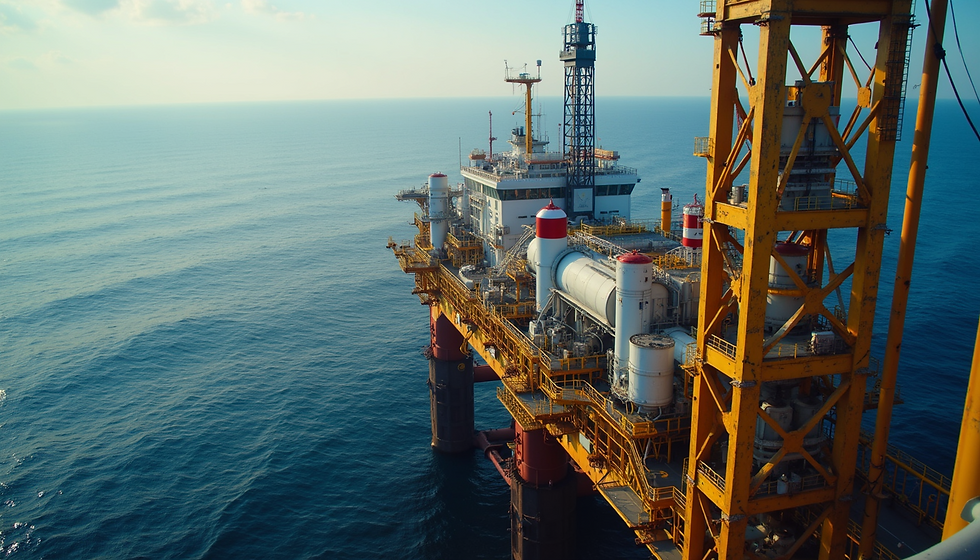Why a Loss Prevention Deep Dive is a Game Changer for Fleet Operators
- Green Shift Group

- Sep 2
- 2 min read
In the maritime industry, risk is a constant companion. From machinery breakdowns and fire hazards to navigational errors and cargo handling incidents, even minor oversights can escalate into costly disruptions. For shipowners, operators, and insurers, the challenge is not only to react to these risks but to anticipate and prevent them before they occur.
That is precisely where a Loss Prevention Deep Dive Study proves its value.

Here’s what a report usually contains; however, each report is tailored to the client.
Typical Contents of a Loss Prevention Deep Dive Report
Executive Summary
High-level findings and recommendations.
Key risk drivers identified.
Potential financial exposure (e.g., LOH, H&M claims, P&I risks).
Scope & Methodology
Which vessels, trades, and time period were analyzed.
Data sources include incident reports, PSC inspections, class records, insurance claims, onboard audits, and others.
Interviews, site visits, or document reviews conducted.
Fleet / Vessel Profile
Overview of fleet composition (age, type, trade patterns).
Operational characteristics (crew nationality mix, flag state, trade area, vetting performance, etc.).
Maintenance and class status.
Claims & Incident Analysis
Historical loss trends (H&M, P&I, LOH, cargo, pollution, crew).
Root cause patterns (human error, technical failure, procedural gaps).
High-frequency vs. high-severity losses.
Benchmarking against industry averages.
Technical & Operational Risk Assessment
Machinery reliability (engines, propulsion, critical systems).
Navigation and bridge team management.
Cargo handling, storage, and securing practices.
Fire safety and emergency response readiness.
Compliance gaps with SOLAS, MARPOL, ISM Code, class, and PSC.
Human Factors & Safety Culture
Training and competence levels.
Fatigue management and rest hour compliance.
Reporting culture (near-miss, safety observations).
Crew retention and turnover impact.
Regulatory & Compliance Review
Class, flag, PSC findings.
Vetting performance (oil majors, SIRE 2.0, RightShip, CDI, etc.).
Gaps in Safety Management Systems (SMS).
Preventive Maintenance & Reliability Engineering
Planned maintenance system (PMS) effectiveness.
Critical spares management.
Condition monitoring (LDM, vibration, oil analysis, IIoT data if available).
Case Studies & Root Cause Analysis
Deep dive into selected high-value or recurring incidents.
Cause-effect chain (technical, procedural, organizational).
Loss Prevention Recommendations
Short-term corrective actions (quick wins).
Long-term strategic improvements (training, technology, system changes).
Suggested KPIs and monitoring tools.
Financial Impact Assessment
Potential savings from implementing recommendations.
Insurance premium implications.
Estimated reduction in downtime/LOH exposure.
Appendices
Data tables, graphs, and benchmarking.
Vessel-specific survey checklists.
Reference to standards (IMO, OCIMF, TMSA, IACS).
A loss prevention report - it’s not just a condition report, but a risk-focused, data-driven analysis that shows why losses happen and how to stop them, often linking operational practice to potential insurance and financial outcomes.
At Green Shift Group, we specialize in delivering independent, data-driven loss prevention studies tailored to each client’s fleet.
Our objective is simple: to help you operate smarter, safer, and more sustainably.




Comments